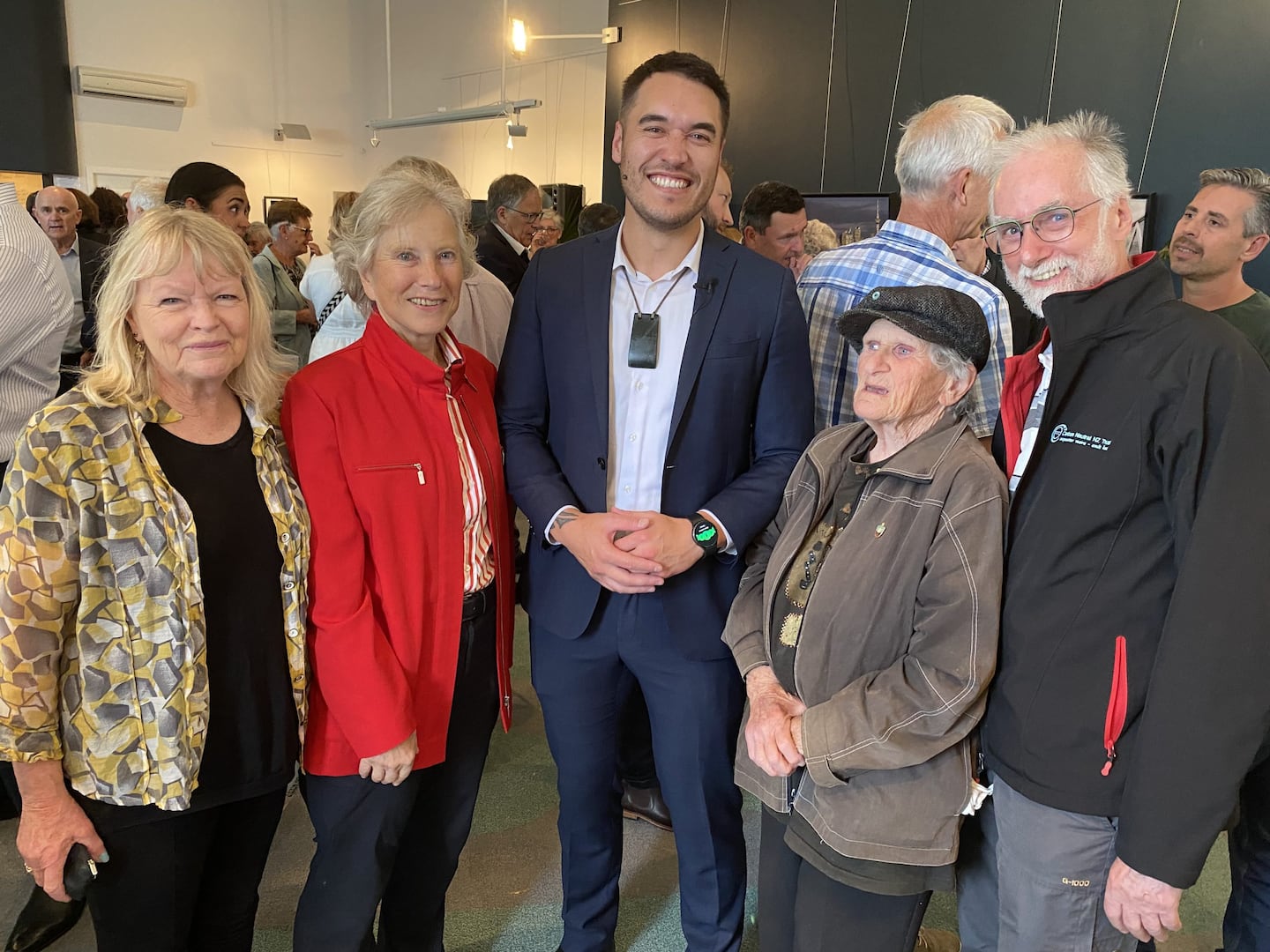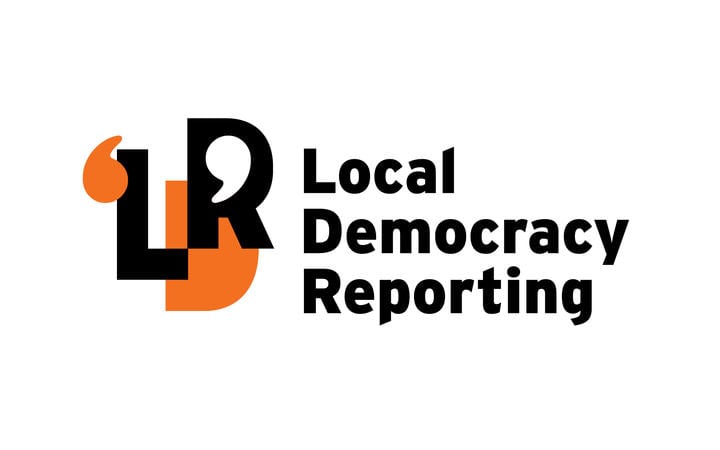More than 200 movers and shakers turned out in Kerikeri on Tuesday night to hear the first state of the Far North address from local Mayor Moko Tepania.
Leaders in Te Ao Māori, business, community and politics gathered alongside local residents from throughout Northland and beyond at the Turner Centre in Kerikeri for Te Taumata o Te Hiku o Te Ika, the Road to Recovery event.
Far North Mayor Moko Tepania said the state of the nation-style event was a first for New Zealand.
It aimed to showcase the council and build on ever-strengthening connections into the community.
Future developments - including where to from here with the district’s much-challenged Three Waters infrastructure, growth plan for expanding on the footprint of the Far North’s biggest town and promise that the troubled Sweetwater aquifer water would finally be running into Kaitaia’s water supply by Christmas – were highlighted to those present.
Those future plans were built on the shoulders of huge events of the past including Cyclone Gabrielle and the Covid-19 lockdowns which were still impacting the district, Tepania said.
A polished performance by Te Roopu Waiata, a group of performers from local kura kaupapa kicked off the evening – which unfolded not unlike a US presidential address.
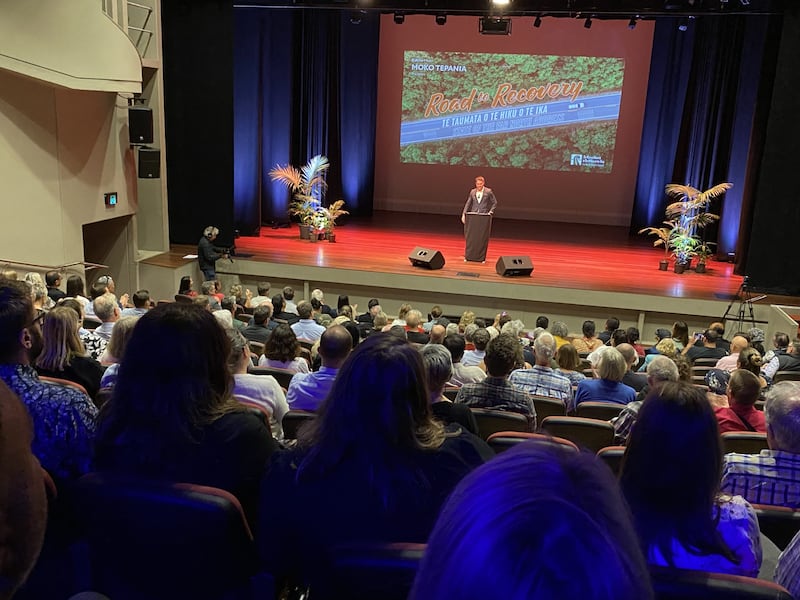
Tepania outlined the council’s challenges, achievements and plans in a no-holds barred approach aimed at being transparent and changing the narrative about the council in its community.
He said Three Waters would be under the microscope soon for the council with the second-largest number of such assets in New Zealand, after Southland.
Tepania said there were challenges in infrastructure such as this, because the roughly 70,000 people of the Far North were scattered across a huge 7,300 square kilometres – one of the biggest council areas in New Zealand and did not live in a single location.
And he said roads were getting revitalised attention with lots of clearing of drains and culverts happening at the same time as millions of dollars in roading repairs happening on cyclone and weather damaged roading across the district.
Far North District Council (FNDC) was left with a $41 million roading repair bill after the weather extremities with 85 of the resulting slips still to be repaired in March this year. Funding of $25 million was no available for 46b of these remaining slips. This had come from Waka Kotahi NZTA which was paying 71% towards the repairs, FNDC 29%.
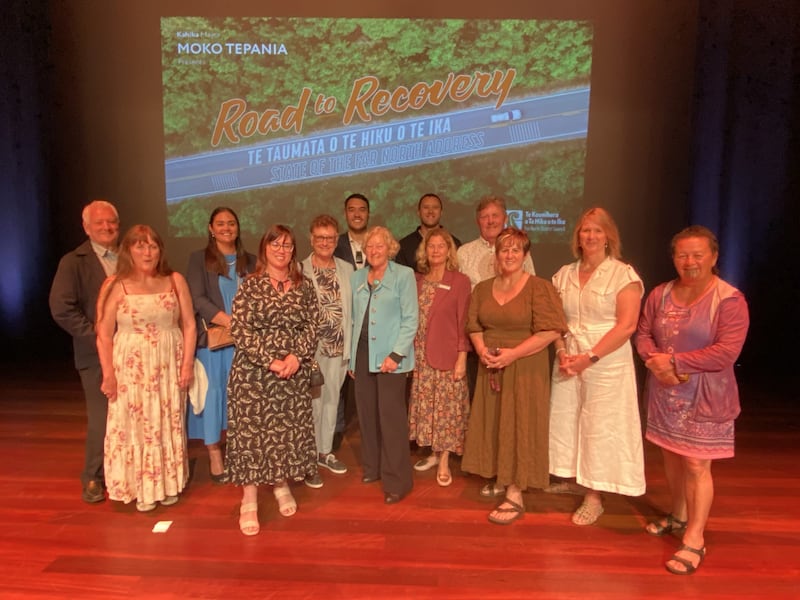
Tepania said the last 39 slips were the most complex.
The cost of weather damage to Pawarenga Road in remote northern Hokianga would cost more than $3.105 m to repair. Others around that area included Kohukohu Road at $1m and West Coast Rad at $1.3m.
A new North Hokianga community roading group was working with the council towards resolving local roading damage issues.
Tepania said for the council, it was increasingly about working with its communities.
He said local people knew where the issues were and had great ideas about how these could be addressed.
Tepania said the Far North was challenged.
The district’s rates from among its just over 71,000 people were paid by just 28,000 ratepayers (excluding non-rateable properties and those with more than one property.
“That’s 39% of residents paying for all council services,” Tepania said.
He said the Far North continued to grow. It had increased by 6000 people since 2018 – equal to the population of Kaitaia.
“We are predicted to grow by 9.5% by 2028,” Tepania said.
Russell’s Duke of Marlborough hotel co-owner Riki Kinnaird attended the evening.
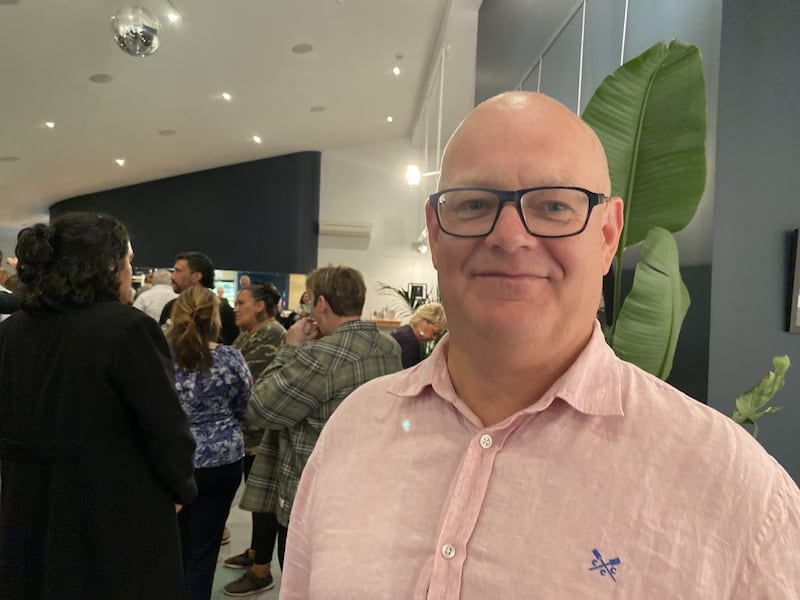
He was positive about what he had heard.
“It’s good to hear we’re moving forward after the last five years of crap (Covid-19, cyclone, bad weather),” Kinnaird said.
He said the council was looking to move some of the “heavy rocks” such as Three Waters and roading that it faced.
It was investing into areas that had suffered from lack of Invesment for years.
Its progress forward would potentially include issues.
Kinnaird said however it was great to see that the council was working on progress.
“You won’t hit the fence, if you don’t swing hard,” Kinnaird said.

